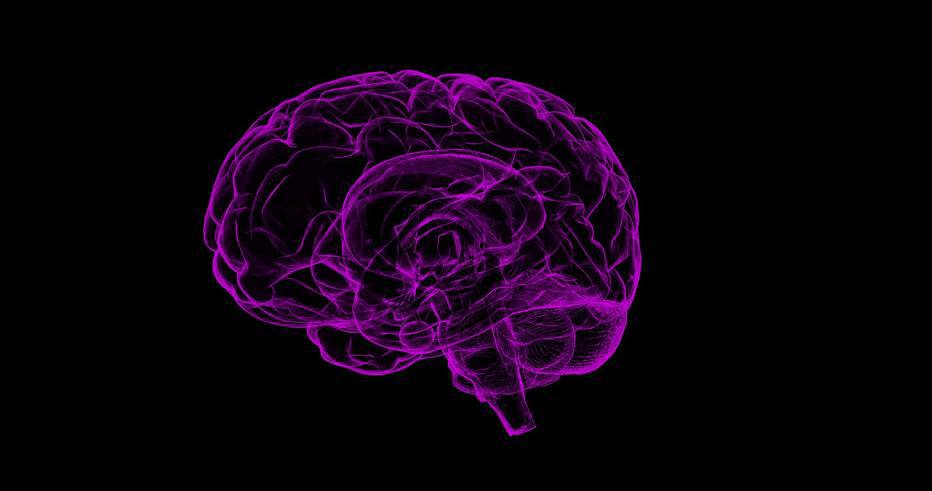How the brain fights infection
2 min read
at one virus or bacteria It invades our bodies, and the person responsible for recognizing and combating the invaders is System. It produces antibodies that neutralize the invader. He also keeps a record of his identity. But in all mammals brain Helps in the fight: raises body temperature (Fever), reduces the desire to move (fatigue) it’s the appetiteIt increases our sensitivity to pain and makes us look for warm, sheltered places. All of these behaviors are meant to help the immune system.
What is new now is that the area of the brain that receives the warning from the immune system has been discovered in experiments conducted on mice. The animals were injected with a component of the bacteria wall, which causes the immune system to respond as if it was an infection.
Two hours later, the animal had already developed a fever. After doing this, the scientists looked in the brain and found that the activated neurons were located in an area of the hypothalamus called the pre-operative. Using experiments, scientists have shown that as soon as these cells are activated, the body temperature rises, the animal gets tired and looks for a warmer place to rest.
On the other hand, when the scientists destroyed the cells in that area of the brain, then injected the components of the wall, the immune system was activated and the invaders were killed. But the body temperature did not rise and the animals did not appear tired.
Then the scientists discovered that molecules produced by cells in small capillaries activate these neurons in the hypothalamus. They mapped other areas of the brain where the signal produced was headed.
These results demonstrate that when a virus or bacteria enters our bodies, the immune system detects the invader and produces molecules that activate hair cells. The capillaries, in turn, produce molecules that activate neurons in the hypothalamus. When activated, these neurons send electrical signals to other brain areas that control body temperature, fatigue, and everything else. That is, this group of neurons located in the hypothalamus forms the bridge between the immune system and the brain, coordinating various responses.
In the same way that the image of a lion is communicated by the visual system to the brain and causes fear and flight, the presence of a virus or bacteria travels to the brain and causes fever and other symptoms.
more information: Does population of preoptic neurons control fever and appetite during illness?
*He is a biologist

“Entrepreneur. Music enthusiast. Lifelong communicator. General coffee aficionado. Internet scholar.”

:strip_icc()/s04.video.glbimg.com/x720/11792055.jpg)

:strip_icc()/s03.video.glbimg.com/x720/11786998.jpg)



